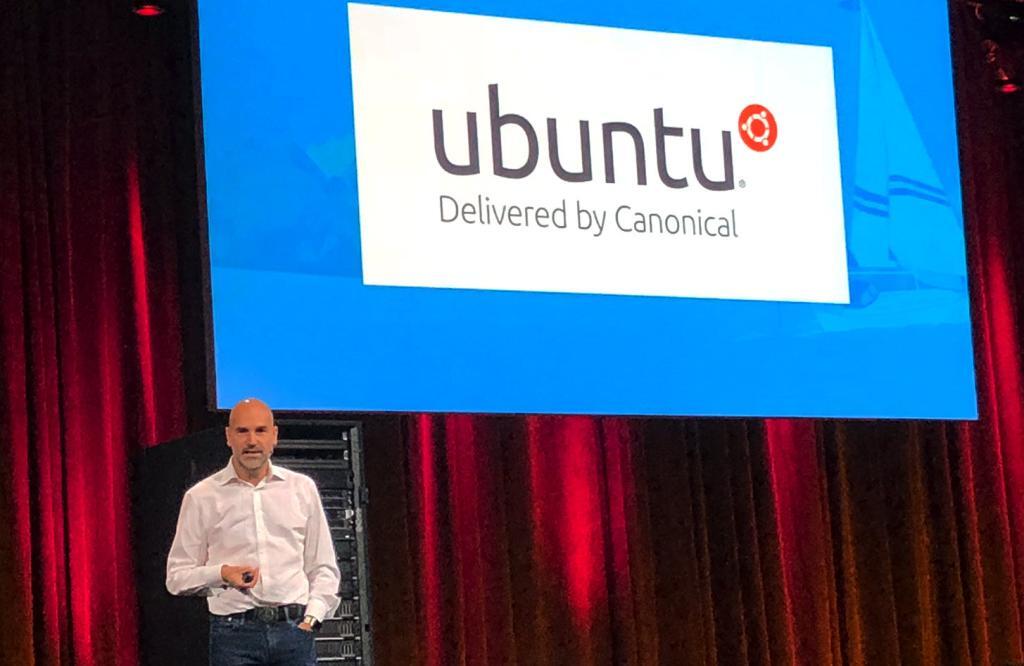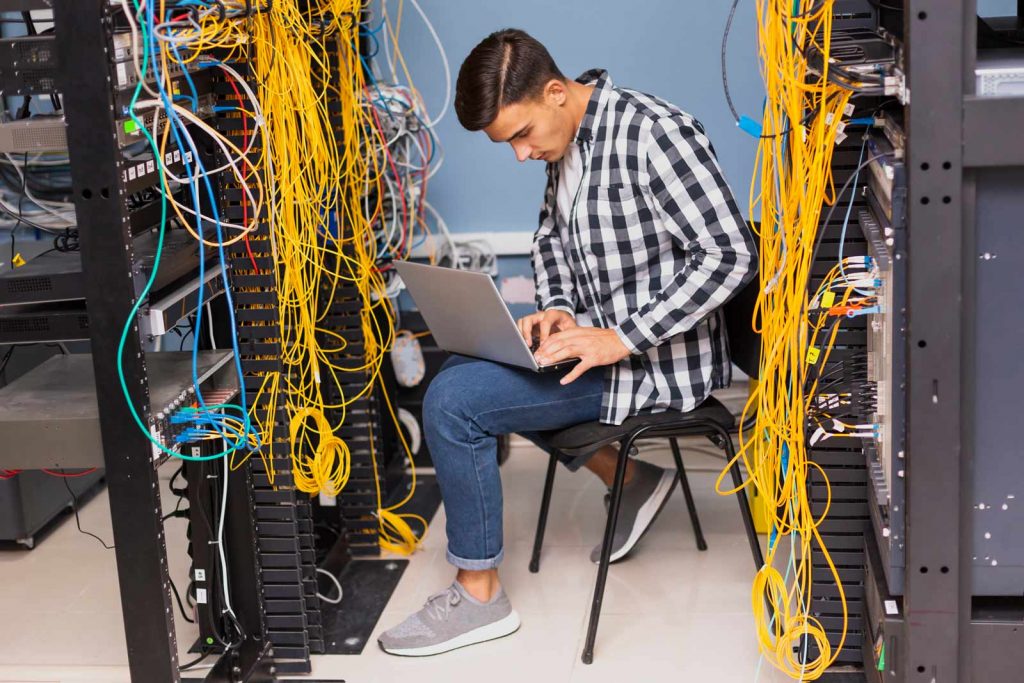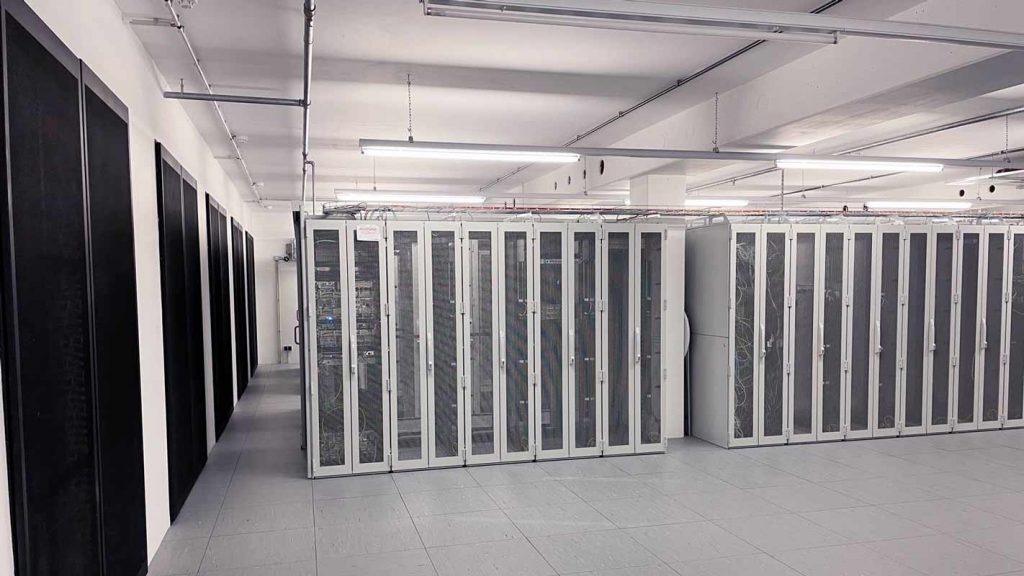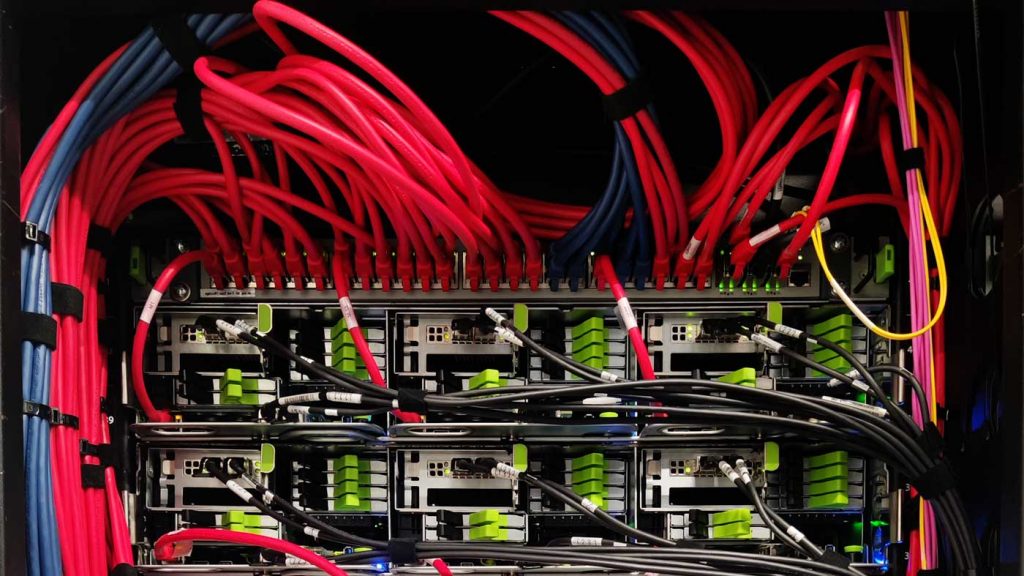At the OpenStack Summit 2018 in Vancouver, the focus was not only on technical innovations, but this time even more on the integration of solutions from the user side. A very high priority was given to the topic of developing new applications, which received additional, separate events for software developers under the title OpenDev CI/CD (Continuous Integration/ Continuous Delivery). In the OpenDev CI/CD area, the focus was again clearly on the topic of containers and their OpenStack integration.

Of course, other glimpses into the future of OpenStack were also provided at the OpenStack Summit. These are primarily driven by the current focus topics of active OpenStack users. In addition to Artificial Intelligence (AI) and Machine Learning (ML), topics such as serverless and edge computing were also high on the users' list of interests.
We briefly present key topics once again:
AI/ML
Machine Learning (ML) can be seen as a topic area of the large development field "Artificial Intelligence" (AI), in which computers themselves are supposed to recognize patterns in order to optimize allgorithms with regard to a certain goal. Thus, it is about improving accuracy, optimizing results or improving predictions based on learning processes. For this purpose, the machine is "fed" with empirical data or training data.
For example, AI/ML can help in the development of new software components to detect and decimate bugs in the software or security vulnerabilities in advance.
Serverless computing
Contrary to its name, serverless is not a serverless architecture. It is used to provide developers with an environment that scales automatically and keeps the developer out of the orchestration of infrastructure components as far as possible. However, the cloud components continue to work in the background and can scale automatically with the help of previously defined rules and intelligent software.
Edge computing
The volume of data is increasing. Typical examples here are sensors in the IoT ("Internet of things"), smartphones with face and voice recognition functions, measurement and analysis data in the healthcare sector). It is not always economically sensible or technically possible (Internet not yet expanded, mobile devices) to send all the accumulating data to a distant cloud (lower latencies, less bandwidth required).Edge computing means, according to the OpenStack definition, providing application developers and IT service providers with cloud computing resources and an environment at the edge of a network, with the aim of providing compute, storage and bandwidth at the point of data input/at the end user. This definition of edge computing was presented at the OpenStack Summit as part of a Whitepapers published. However, there are other, less restricted definitions.
Technical innovations and enhancements
Many interesting technical enhancements were again presented at the Vancouver Summit. Thus were Zuula platform for Continuous Integration and Delivery (CI/CD), and Kata containerwhich provides secure containers in a mini-version of a VM, have been included as official OpenStack software packages. Furthermore, GPU support (GPU = graphic processor unit) has been significantly expanded and will soon allow virtual GPUs to be assigned to individual instances. In the same breath, FPGA (Field Programmable Gate Array) support within virtual instances was also mentioned here. This is a very specific extension to provide access to chips whose operation can be defined by users. The integration of Kubernetes and Containers has been implemented by the network project kuryr very strongly advanced. Here, networks are no longer routed via the virtual networks of OpenStack, but are connected directly via the management of the OpenStack network switches. This eliminates the need to interconnect multiple networks and achieves much better performance by addressing the root of the problem.
A major goal of the OpenStack Foundation was to greatly reduce the complexity of performing updates. Thus, with the Fast Forward Upgrade introduced a way to update from older installations to the current OpenStack version by combining all individual updates into one process. Especially, but not only for this Fast Forward Upgrade, the Extended Maintenance introduced. Extended Maintenance is intended to provide longer support (more than the current 18 months) for community members. Operators will be given more freedom to perform updates. It will also improve communication between operators and release developers via a shared process and code repository when operators upgrade and find issues.
Until the next OpenStack Summit, which will take place in Berlin in November 2018, the developer teams have also set themselves the goal of greatly standardizing and simplifying all API interfaces. Efforts are being made in all areas to reduce complexity when using the cloud infrastructure management platform.
The declining number of attendees at the OpenStack Summit and lower growth rates in the number of OpenStack users shows that the topic is now viewed in a more differentiated manner. The typical user case is a private cloud solution to provide infrastructure that is appropriately customized for the user's circumstances. An OpenStack environment offers IT DevOps and containerization an ideal way to deploy this same infrastructure. This is also supported by the Cloud Native Computing Foundation confirmed, in which OpenStack was successfully tested as a private cloud solution for deploying various services (Kubernetes, Prometheus, CoreDNS, etc.).
These changes within the OpenStack community could already be seen in the first speeches of the sponsors. The opening keynote by Mark Shuttleworth, the CEO of Canonical and founder of Ubuntu, who gave the most controversial presentation, will probably be remembered above all. During the keynote in front of about 2600 technically focused attendees, he presented ready-made product solutions including pricing. he went very intensively into the favorable business model of Ubuntu and also attacked direct competitors Red Hat and VMware.. The keynote was briefly published on Youtube by the OpenStack Foundation, but then removed again. The promised live demo on the topic Kubernetes Unfortunately, deployment was neglected during this presentation, although it would have been very interesting on a technical level.
On the topic of live demos, Red Hat again scored very strongly. They presented a complete live demo of various hardware components from IBM, Dell HP and Supermicro, in order to deploy OpenStack from OpenShift on physical hardware. For this purpose, the installer of Red Hat Director has been extended to the extent that it can directly install and deploy OpenShift Server via the internal OpenStack deployment methods. Furthermore, the new features of the Red Hat OpenStack Platform 13 presented. These include the aforementioned Fast Forward Updates, a configuration management system that will be used primarily in the future. Ansible controlled deployment, encryption of storage and the ability to manage keys via Barbican.
More information and all recorded presentations can be found here:
https://www.openstack.org/summit/vancouver-2018/summit-schedule/events/21895/join-the-edge-computing-initiative
https://www.openstack.org/summit/vancouver-2018/summit-schedule/#day=2018-05-21
https://www.youtube.com/user/OpenStackFoundation



